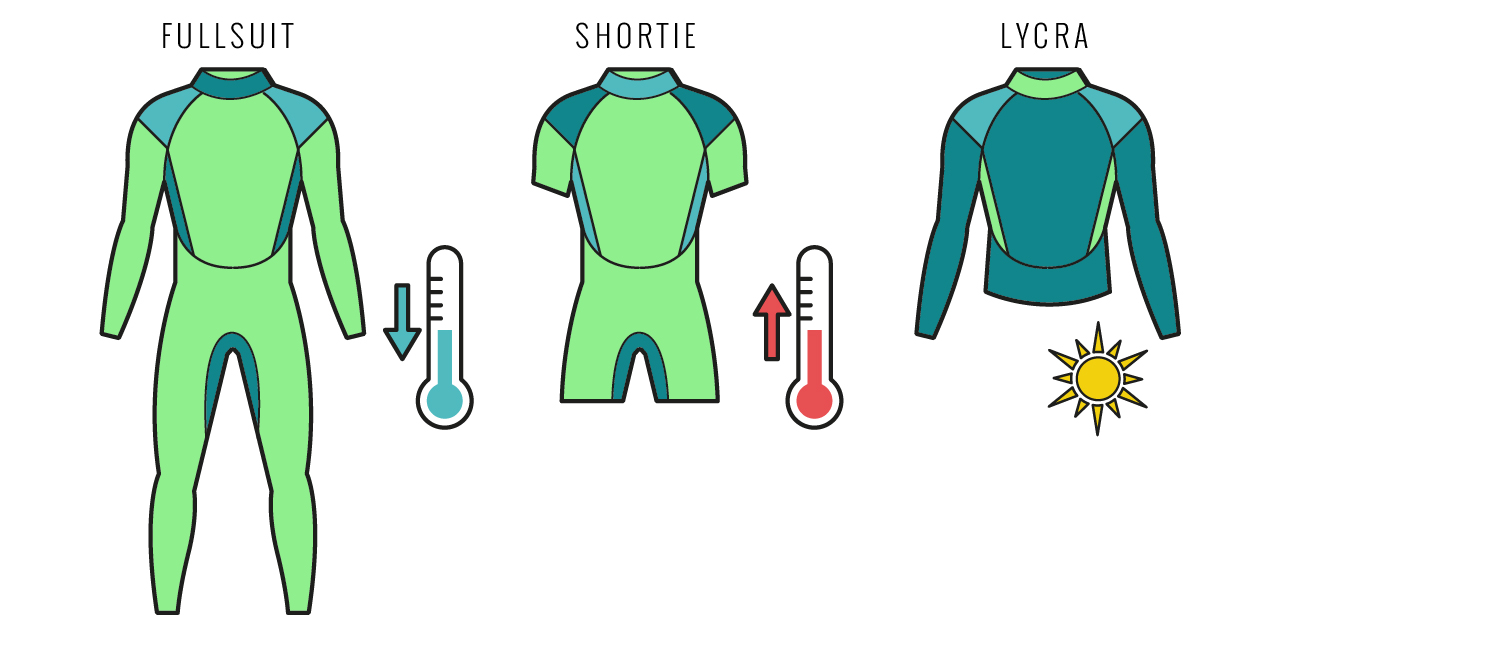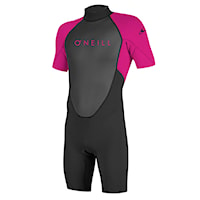How to choose a wetsuit?
30th September 2019 | 0 comments
Quality wetsuit should be part of the equipment of every wakeboarder or fan of other water sports - but do you know which one to choose? This article will make your decision easier!

O'Neill Epic Chest Zip 4/3 Full
196.00 € 245.00 €
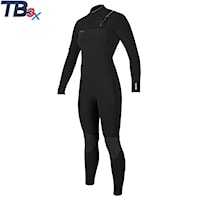
O'Neill Wms Hyperfreak 4/3+ Chest Zip Full
365.00 €
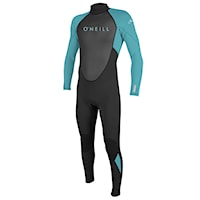
O'Neill Youth Reactor II Back Zip 3/2 Full
90.00 €
Protection against cold, abrasion and sunlight
The basic function of wetsuit is thermal protection. The neoprene coverall protects the rider not only from cold, when temperatures are not ideal for swimming, but also from abrasion and sunlight. Because water, along with wind, absorbs heat from the body by evaporation, it makes sense to protect it with wetsuit from cooling down even at temperatures above 20°C. In warm weather, when we only need to protect ourselves from the sun, it is also possible to use lycra, i.e. T-shirts with long or short sleeves. Lycra are made of high quality quick-drying fabric.
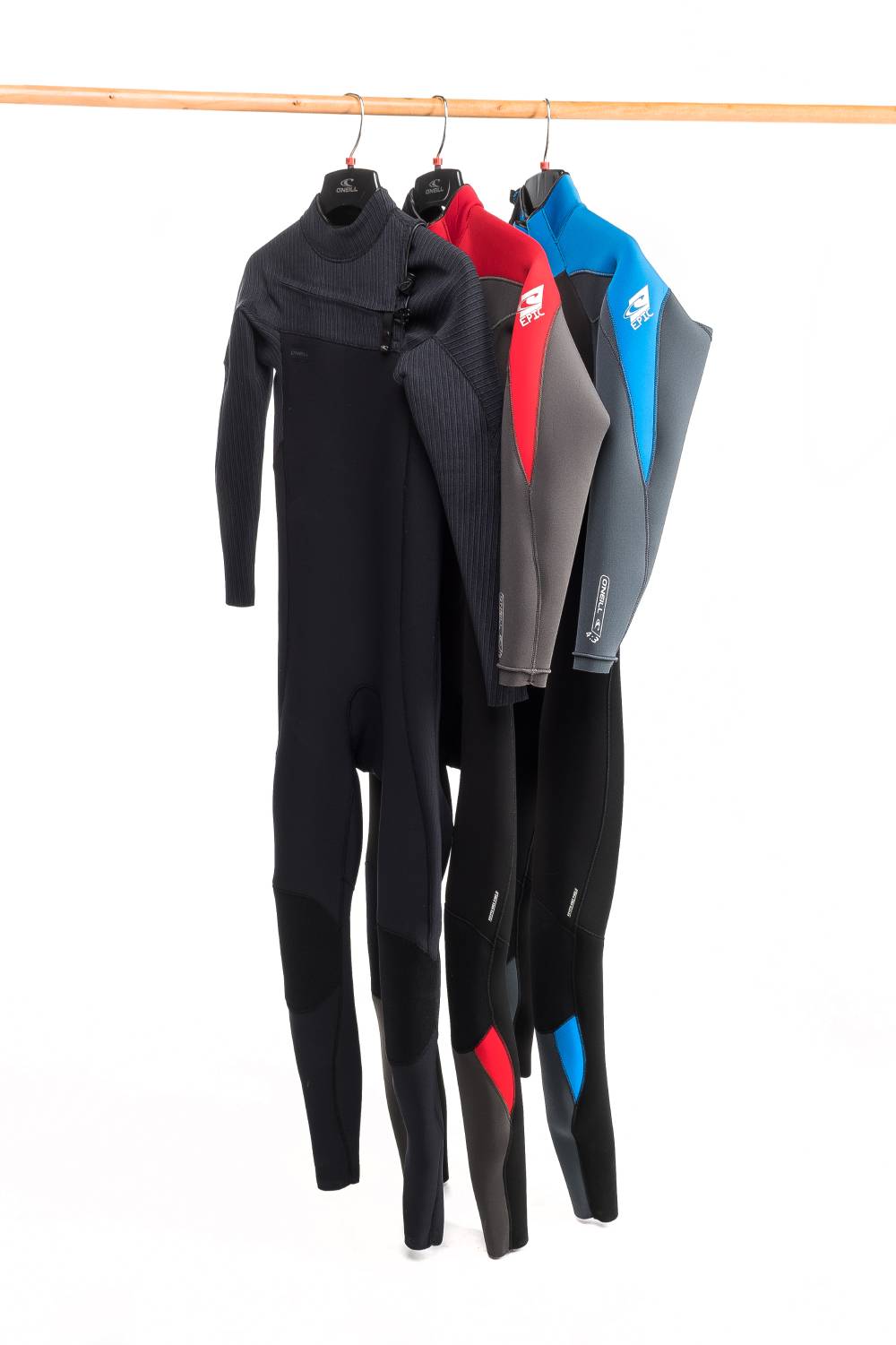
The size of the wetsuit is important for proper thermal function
Wetsuit works by capturing and maintaining a weak layer of water between material and the body. Our body heats this layer of water and thus it is pleasantly warm in the wetsuit. Wetsuit should therefore be comfortable, but at the same time tight. Otherwise, when you dive or meet a bigger wave, a dose of ice water gets on your back ... And you really don't want to!
Thinner wetsuit for summer weather, thicker wetsuit for cold weather
Wetsuit is made of a thin chloroprene rubber, neoprene, which has thermal insulation properties. The material thicknesses used are from 2.5mm to6 mm. In general, thicker material is designed for colder weather and vice versa. There are a number of wetsuit. The basic diversification is as follows:
2 basic types of wetsuits
The full length is simply used in colder periods or conditions. Short suit rather in summer, depending on the water temperature. In addition to the torso, the short suit also covers the arms and thighs, so there is better limb mobility.
Choose also according to your subjective feelings
There are a number of combinations of cuts: swimsuit, with long sleeves and shorts, with three-quarter pants or swimsuit with long sleeves. The choice of wetsuit is therefore very subjective, depending on whether you tend to be cold on the upper half of your body, or vice versa, in which you feel better, in what conditions you will ride most often and so on.
What about thickness of the wetsuit and where can I find it?
Thickness is a basic information and can be found in the description or even in the name of the wetsuit. The thickness of the wetsuit can be given by only one number (eg 3). However, you may also come across a 5/4 or 6/4/3 format.
Thickness 3: the wetsuit is the same thickness everywhere, in this case 3 mm.
Thickness 5/4: the first value is the thickness on the torso (i.e. 5 mm) and in critical points such as the shoulders, kidneys, etc. The second value applies to the rest of the body, i.e. the limbs (in this case 4 mm).
Thickness 6/4/3: this three-digit combination gives information on a thickness of 6 mm on the body, 4 mm on the legs and 3 mm on the hands.
Summer wetsuits are usually up to 3 mm thick and are more suitable for warm water and weather with temperatures above 18°C.
Winter wetsuit is usually product with a thickness of 4/3, 5/3, 6/4/3. They are usually partially or completely rubberized. The designation winter does not mean that it is a wetsuit intended for winter, but rather for spring, autumn and in our country also summer conditions with air and water temperatures around 10-20°C.
Which wetsuit is suitable for specific temperatures?
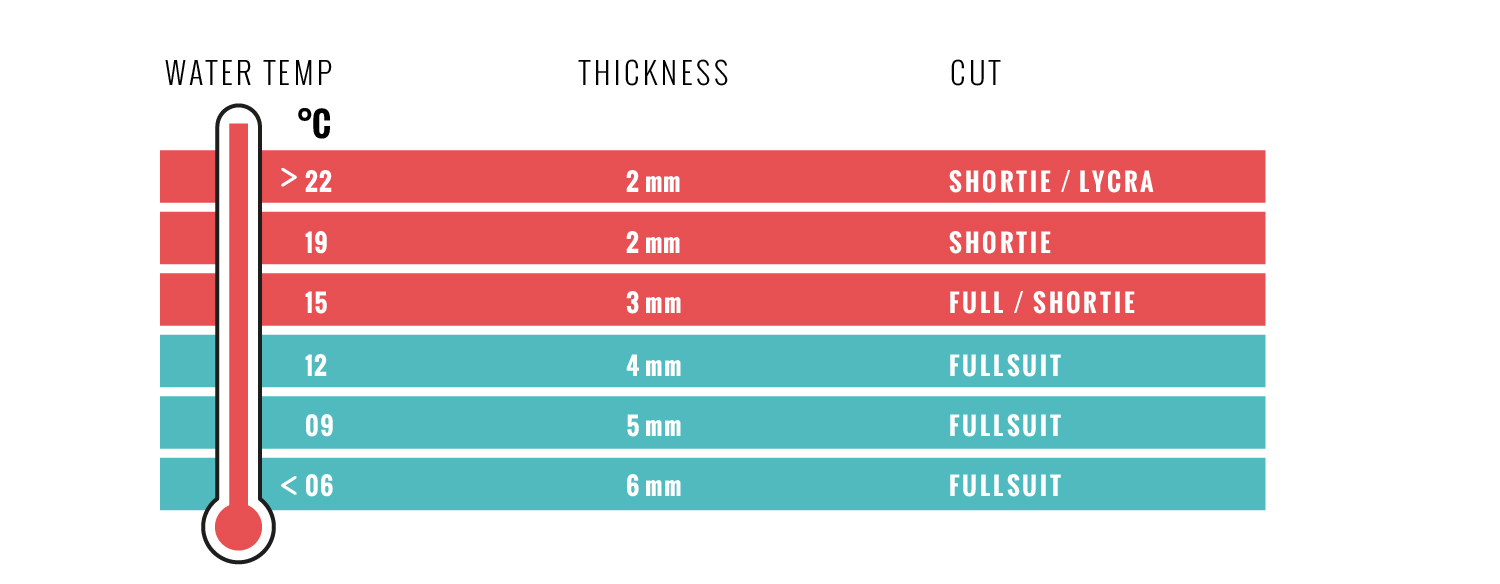
A combination of sewn and glued seams is ideal
A sewn seam is simply just sewn. After sewing, there will be small holes caused by needle. A small amount of water may flow in this place. The glued seam is completely sealed with a rubber band, so the water has no chance to penetrate. Wetsuit with the combination of sewn and glued seams achieves the best thermal properties. At the same time, the taped seam also has higher flexibility than just sewn.
Last, but not least. The most important thing: Once you have this beauty at home, you need to be able to take care of it. Both during the season and in winter, when wetsuit rests in the closet. Take care of your wetsuit like a pro with our dedicated article!


